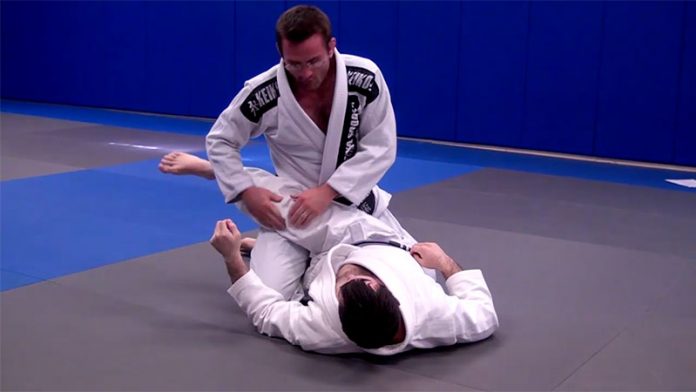
Everyone has their favorite BJJ guard pass. or, even better, most advanced people have a few of them to cycle through depending on their needs. Among all the guard passes in Jiu-Jitsu, there is a pass that is a proven high-percentage, high-reliability guard pass. That is the BJJ leg drag pass, a sequence that opens up directions to the mount, back, or side control, all done from a pinning position that has the bottom person only waiting for the inevitable.
The best part about the BJJ leg drag pass (from my standpoint) is that everyone can do it. You’re not limited by how strong someone is, how much experience they have, or, most importantly, how flexible their hips are. The leg drag involves several fundamental principles of Brazilian Jiu-JItsu that allow it to be extremely functional and highly applicable. Moreover, in both Gi and No-Gi, you can really on the same sequence. However, the one aspect of the leg drag that is the real “selling” point of the pass is the fact it works against just about any guard you’ll come up against in Jiu-Jitsu.
The BJJ Leg Drag Pass
As with most things that are broadly applicable and highly effective in BJJ, the leg drag pass has several different variations. Before we get to explore them, and what each of them brings to the table, though, it is important to know why the BJJ leg drag pass works, and how it works.
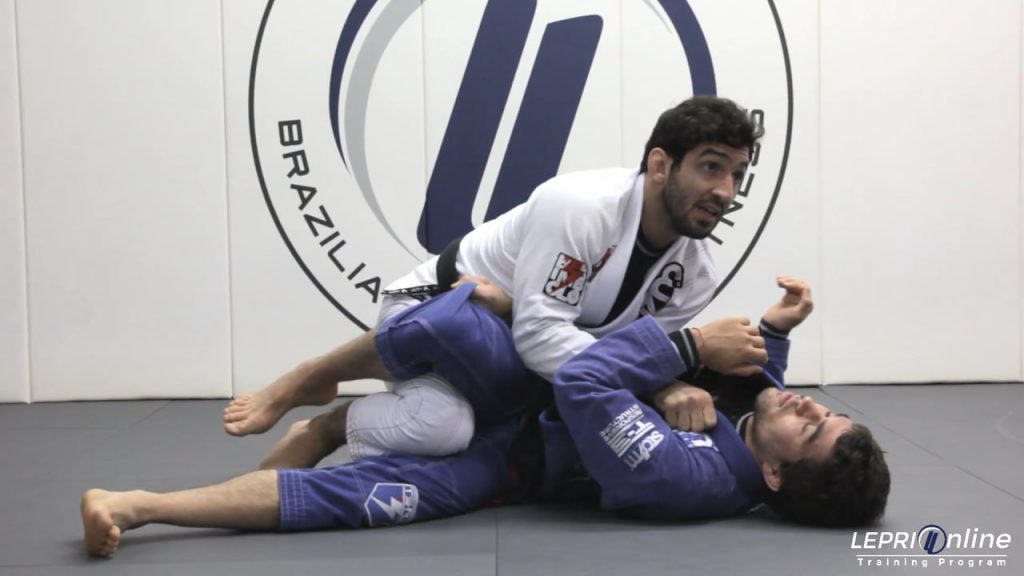
Going around the legs is what allows you to point the knees and feet away from you, which translates to immense hip control. The pressure component of the leg drag pass means you can extend that control to the torso, conquering the all-important inside space and pinning the shoulders. Speaking of pinning, there’s also a staple-type pin on the bottom leg, which just piles more misery on the person getting passed. This unique combination of things allows you to stay in the BJJ leg drag pass position without actually passing. In other words, you get to torture people from an uncomfortable position, before you choose where to pass – them back, mount, or side control.
Variations Of BJJ Leg Drag Pass
There are probably a lot more than just three variations of the BJJ leg drag pass. However, these three have been proven to work, and have been pioneered by elite level black belts that are famous for breezing past some of the most dangerous guards in the game.
The three variations we’ll analyze here are the Galvao leg drag pass, the Mendes leg drag pass, and the skip knee leg drag. They all use the same underlining principles of the leg drag (knees and feet to the side, pin on the hips and shoulders and pressure) but do so with slightly different mechanical settings. That just means there’s something out there for everyone, and that you can adjust the leg drag to your game by using one of these three variants. Are they the only ones at your disposal? now. However, as their names suggest, they’ve been developed by World Champions, and it just so happens that both Galvao and the Mendes brothers trained together under the Atos banner when they became famous for their leg drags.
1. Galvao Variation
The Galvao variation is the most pressure based of all three, which is understandable given Andre Galvao’s size and pressure-oriented game. Form the basic leg drag position, Galvao looks to staple the knee with his leg, getting the most out of the hip rewind position. Locking the leg also means you’re locking the opponent’s hips, leaving just the torso to control. The position usually has people lying slightly or completely on their side, which is important in setting up grips.
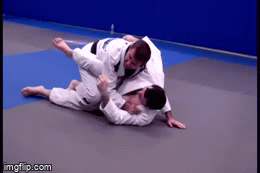
The key moment that people usually don’t do with the leg drag and Galvao does, is pressing the knee of your free leg behind their butt so that it prevents them from turning to their back. This really changes how long you can stay in the position and torture an opponent. The actual passing is determined by who the opponent moves. If they’re still you go-to mount. If they try to roll towards turtle, you take the back. Finally, if they try to wiggle and place their back on the ground, you go to side control.
2. Mendes Leg Drag
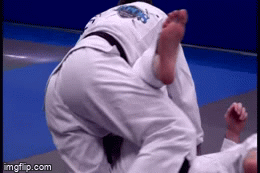
3. The Skip Knee BJJ Leg Drag Pass
This is basically a variation in which you’re going directly to an advanced checkpoint in the BJJ leg drag pass. Instead of using the near side leg to staple, or push the bottom leg, you’ll use the other leg. the knee that is propping the opponent’s butt, or is on the ground, now goes in between both legs, as you staple the bottom leg. Your top leg will then skip over the opponent’s free leg.
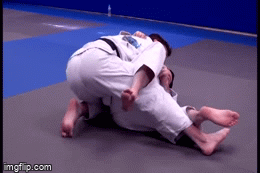
Wrapping up
The BJJ leg drag pass is one of the most powerful weapons in our grappling arsenal. Using it more often will open up interesting opportunities in your top game. The best part is that you can actually use it as a top position from which you can control, pin, and torture opponents. You only pass when you feel like it, or you see an opportunity too good to pass by. Finally, the variations of the pas mean everyone can figure out one that works for them, or simply have all there as options. Let’s face it, if you can do all three, your passing is going to be unstoppable!











































